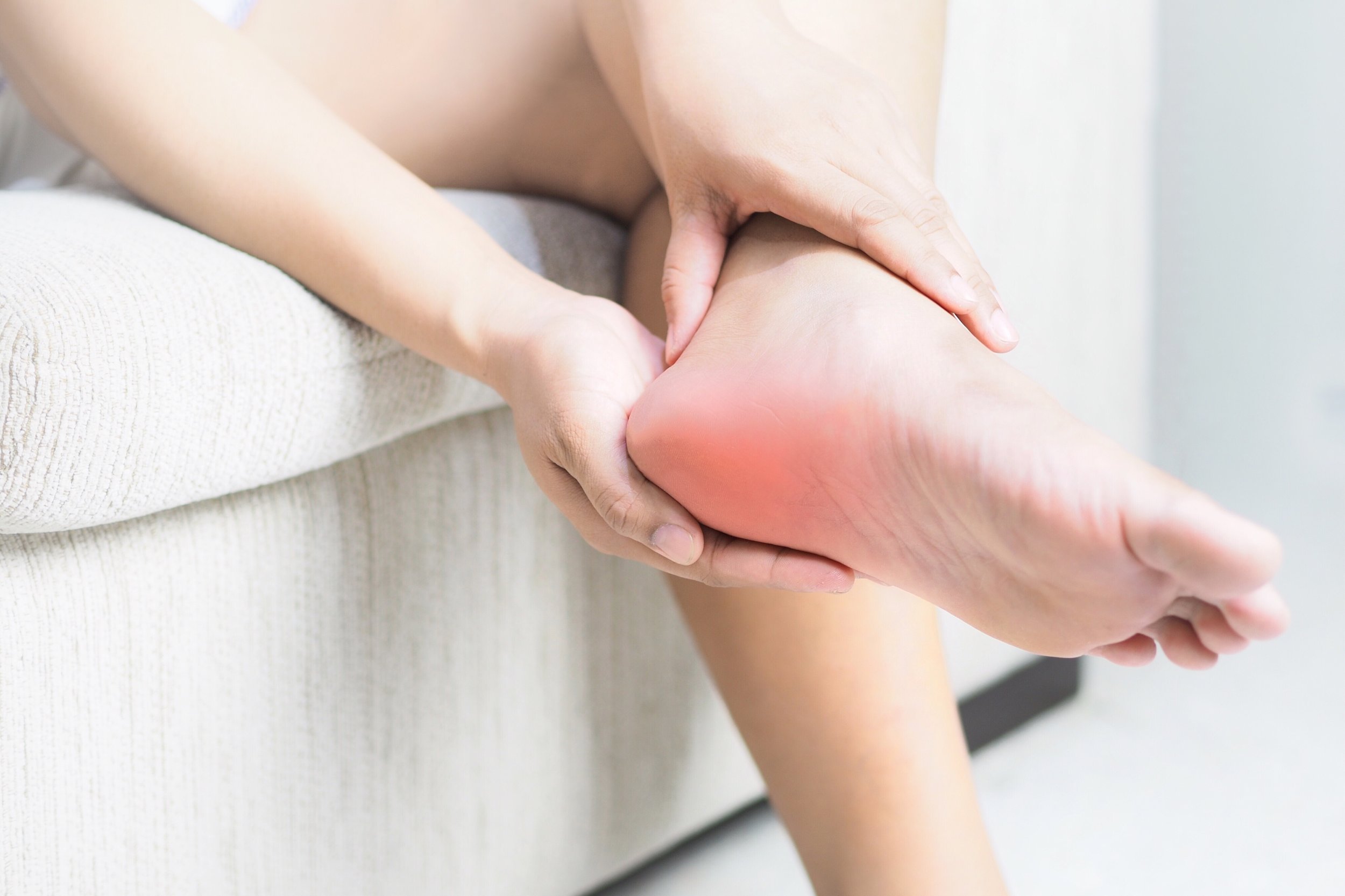The Ultimate Guide to Heel Pain Treatment
The heel is essentially a cushion of fatty tissue around the heel bone. The heel bone, one of 26 bones in the foot, is the largest bone in the foot and lies below three bones that make up the ankle joint and the heel is the most common cause of foot pain in children and adults. Your body weight is cushioned through a special fat pad under the heel bone but despite the repetitive pressure on the heel pad throughout the day (not to mention, throughout a person’s life), it’s the structures that attach to and around the heel bone, or the heel bone itself which causes your heel pain.
However, “heel pain” is a blanket term that covers a range of ailments and discomforts associated with the heel. As such, it’s vital to determine the exact cause of your heel pain in order to treat it appropriately.
What’s causing your heel pain?
Heel pain is a very common cause of pain in the foot. Since “heel pain” is not a condition itself, but a symptom, individual diagnosis is required to determine what exactly is causing your heel pain. The most common causes of heel pain we see at The Perth Podiatrists is plantar fasciitis (bottom of the heel) and Achilles tendinitis (back of the heel).
However, there are many possible causes of heel pain, including:
Achilles tendinitis or tendon rupture
Achilles enthesopathy
Bone tumours - rare
Bursitis
Haglund's deformity
Heel spurs
Heel Fat Pad Syndrome
Ganglions
Diabetes
Osteomyelitis (a bone infection) – not common
Poor footwear
Paget's disease – not common
Peripheral neuropathy
Plantar fasciitis
Arthritis (reactive or rheumatoid)
Retrocalcaneal bursitis
Fractures
Stress fractures
Severs disease
Tarsal Tunnel Syndrome
Tendon pathology
Pressure
Nerve Entrapments
Abnormal walking patterns
Tarsal coalitions
Correction of ill-fitting footwear may be a simple solution to resolve your heel pain, whereas other causes, such as Achilles enthesopathy, plantar fasciitis or tarsal tunnel syndrome, will require further management, to get you back to your normal activities sooner. This is why it’s important to see a professional to correctly diagnose and manage your heel pain and provide you with a clear understanding of the cause of your pain and the best ways to appropriately resolve and manage your heel pain.
Are you at higher risk of developing heel pain?
Considering the above possible causes of heel pain, some people are more at risk of developing heel pain. For example, if you’re an athlete engaging in a high-impact sport such as running, you’re at a higher risk of developing a stress fracture or Achilles tendinitis.
Other groups who are at higher risk may include:
Wait staff or trade workers, including mine workers.
People with underlying inflammatory disorders.
Children and adolescents participating in sports such as AFL Football.
Children and adolescents with hypermobility disorders.
People with foot postural issues such as “Flat Feet”.
Middle-aged people.
People who are overweight.
Women who are pregnant or still breastfeeding.
Treatments for heel pain.
Obviously, your treatment plan is highly personalised and depends on your diagnosis. However, some common treatments include:
Rest from sports that stress the heel.
Ice packs.
Massage.
Stretching and strengthening exercises.
Strapping and/or splints.
Footwear modifications.
Heel raises and/or cushions.
Moon Boots.
Anti-inflammatory drugs.
Correcting your posture and walking style to properly distribute weight when walking and minimise pressure on the heel.
Orthotics.
Extracorporeal Shockwave Therapy (EWST).
Ultrasound guided cortisone injections.
Rarely but occasionally surgery may be required and at The Perth Podiatrists we can advise and refer you when this is required.
Heel pain at The Perth Podiatrists.
We often recommend ESWT for heel pain treatment at The Perth Podiatrists. ESWT is a safe, quick, non-invasive and effective pain management technique, particularly when used in conjunction with appropriate stretching and other treatment modalities. For heel pain management, we often pair EWST with footwear management, plantar fascia stretching, short-term lifestyle modifications (such as temporarily stopping sporting activities), orthotics, and strapping.
Whether conservative treatments or surgical intervention is necessary, we’d love to help you get back on your feet with a personalised treatment plan for your heel pain. You’re welcome to come without a referral — simply book online to arrange a consultation with one of our friendly podiatrists.

